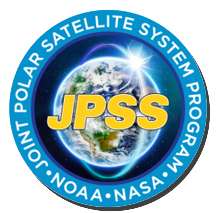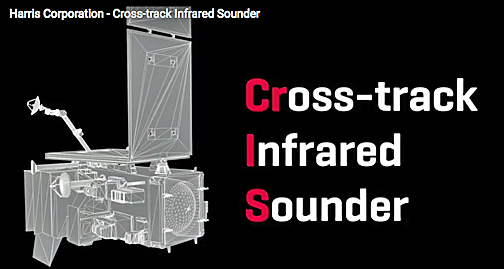

The National Oceanic and Atmospheric Administration’s (NOAA) Joint Polar Satellite System-1 (JPSS-1) will feature an advanced Harris Corporation (NYSE:HRS) environmental measurement instrument to improve U.S. weather forecasting.
Harris’ Cross-track Infrared Sounder (CrIS), one of the main payloads in NOAA’s polar weather satellite program, will help improve forecasting accuracy by measuring and feeding millions of atmospheric data points into weather forecast models. CrIS is a hyperspectral sounder that takes specific measurements of Earth’s atmosphere in more detail than older instruments. Its 2,211 infrared channels — versus 19 on earlier systems — measures significantly more light, temperature and moisture. It produces three-dimensional atmospheric profiles of the entire Earth and enables meteorologists to extend more accurate forecasts out to seven days.

This represents the second Harris CrIS instrument. The first is operating on the joint NOAA-NASA Suomi National Polar Partnership satellite and has proven critical to NOAA’s numerical weather prediction models. Harris also built the primary payload for NOAA’s new GOES-16 satellite, which launched in November 2016. It provides 30-second imagery refresh at four times the resolution of the last generation of weather satellites. Harris has built more than 75 weather and environmental satellite payloads for U.S. and international customers.
Eric Webster, the VP of Harris Environmental Solutions, said that CrIS measurements will help meteorologists create the forecasts that alert emergency managers to the potential for severe weather.


